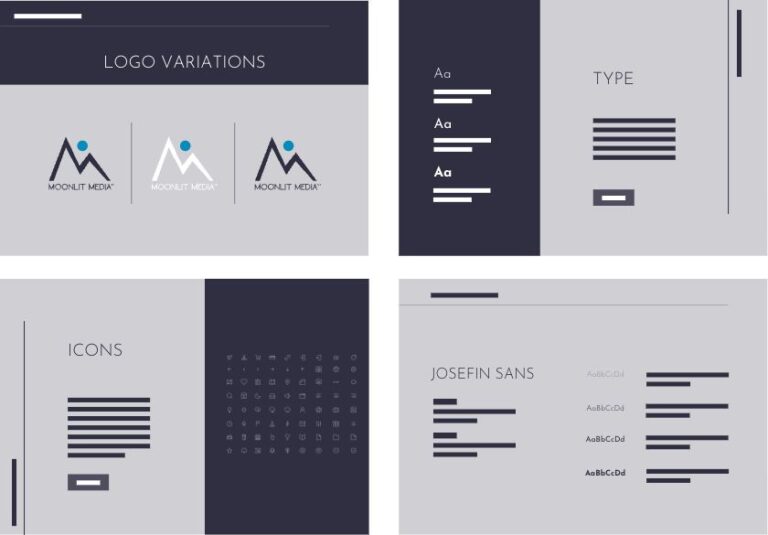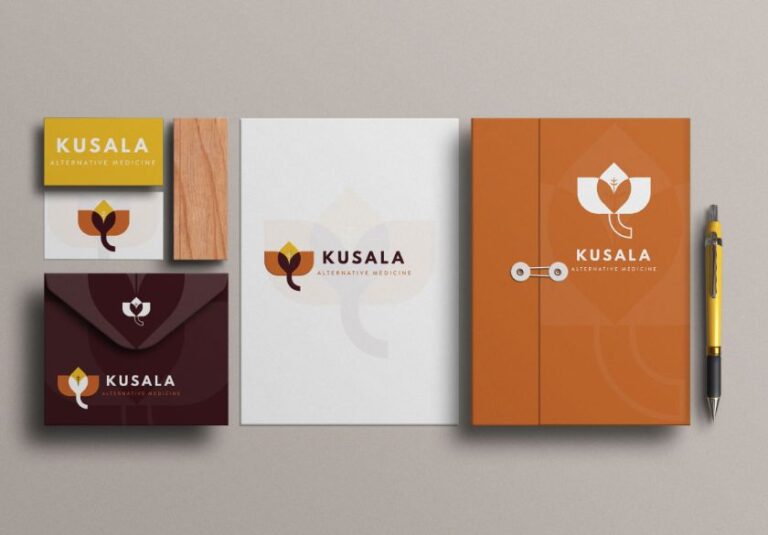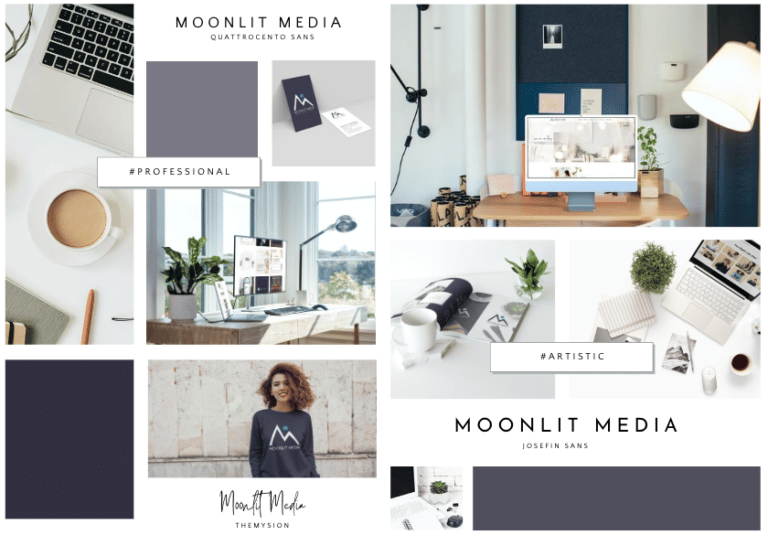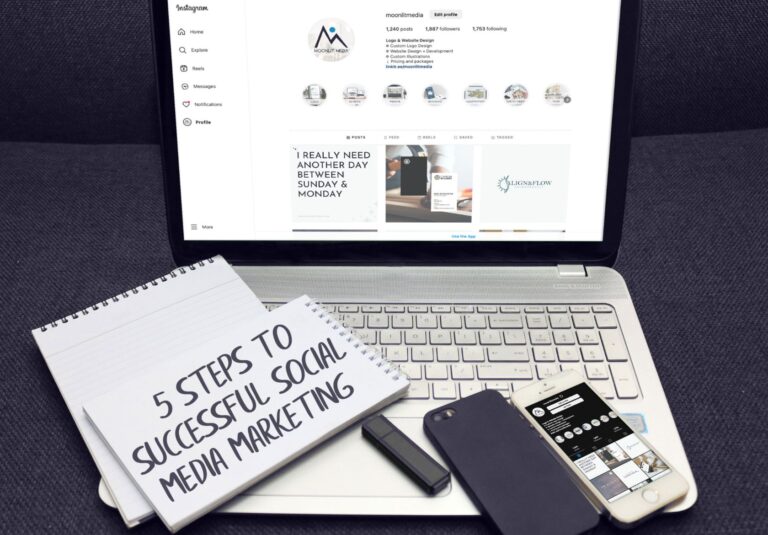Creating a strong and memorable brand identity is paramount in the world of business-to-business (B2B) interactions. Visual branding plays a crucial role in conveying your company’s values, mission, and services to your target audience. This is just one more reason why working with a quality graphic design company like Moonlit Media is so important.
A well-crafted visual brand identity not only helps you stand out in a competitive landscape but also fosters trust and credibility among potential clients. In this article, we’ll delve into some effective visual branding strategies that B2B companies can employ to make a lasting impression.
1.Understand Your Audience and Industry
Before diving into the world of visual branding, it’s essential to have a deep understanding of your target audience and the industry you operate in. Research your clients’ needs, preferences, and pain points. This insight will guide your visual choices to ensure that your brand identity resonates with your audience.
Moreover, understanding your industry’s aesthetics and trends is crucial. While B2B branding might lean towards professionalism, it’s also important to keep up with industry-specific design elements and visual cues.
2. Consistency is Key
Consistency is the backbone of effective visual branding. From your logo and color palette to typography and imagery, maintaining a consistent visual identity across all touchpoints is vital. Consistency builds recognition and helps clients associate your brand with a specific set of values and offerings.
Ensure that your brand’s colors, fonts, and imagery are applied consistently across your website, marketing materials, presentations, and social media profiles. This creates a cohesive and unified brand experience that fosters trust and reliability.
If you need help, just ask! Moonlit Media is happy to create a brand kit for your small business.
3. Craft a Distinctive Logo
Your logo is the face of your brand. It’s often the first thing that comes to mind when people think about your company. Design a logo that encapsulates your brand’s essence and communicates its core values. Consider simplicity, versatility, and timeless design when creating your logo.
For B2B companies, a logo that balances professionalism with creativity can leave a lasting impact. Think about how your logo will appear on different platforms, from business cards to digital advertisements, and ensure it remains recognizable at various scales.
4. Tell a Visual Story
Visual storytelling is a powerful tool for B2B companies. Narrate your brand’s journey, values, and solutions through captivating visuals. This could include infographics, videos, and images that highlight the benefits your clients gain from working with you.
Exploring case studies and success stories through visually engaging mediums can help potential clients envision the value your services bring to their own businesses. Remember, a well-told visual story can leave a lasting impression that words alone might not achieve.
5. Humanize Your Brand
Even in the B2B landscape, it’s important to humanize your brand. Showcase the people behind your company and the human side of your operations. This could involve featuring employee profiles, sharing behind-the-scenes glimpses of your workplace, and using authentic imagery that captures the human element of your business.
Clients are more likely to connect with a brand that feels approachable and relatable. By incorporating human-focused visuals, you can foster stronger connections and create a more memorable impression.
6. Leverage Social Media Effectively
Social media platforms provide B2B companies with an excellent opportunity to showcase their visual branding. Use these platforms to share content that aligns with your brand identity while considering the platform’s audience and context. Visual consistency across social media channels helps reinforce your brand’s identity in the minds of your audience.
Experiment with various visual formats, such as images, videos, and infographics, to engage your followers and provide value through informative and shareable content.
7.Adapt and Evolve
The business landscape is constantly changing, and so should your visual branding strategy. Regularly assess the effectiveness of your branding efforts and be open to adaptations. As your company grows and evolves, your visual identity might need to reflect those changes.
Listen to feedback from clients, monitor industry trends, and be willing to refresh your branding elements while retaining core visual components. This flexibility ensures that your brand remains relevant and resonates with your ever-changing audience.
Visual branding is a powerful tool for B2B companies to establish a strong and memorable identity. By understanding your audience, staying consistent, telling a compelling story, and adapting to changes, you can create a visual brand identity that resonates with clients and sets you apart in the competitive B2B landscape.
Remember, a well-crafted visual brand identity isn’t just about aesthetics—it’s about building trust, credibility, and lasting relationships with your clients.








